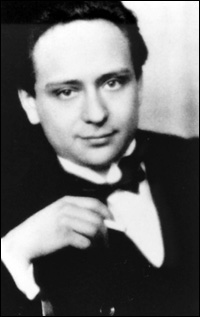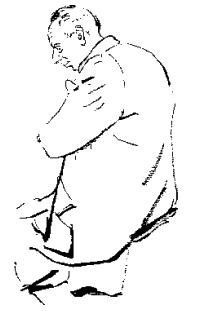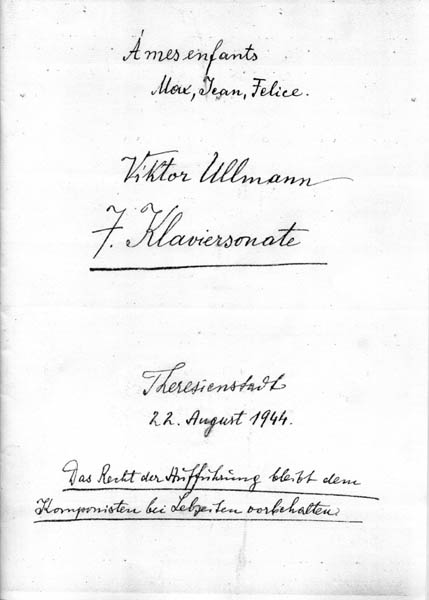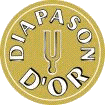Pragadigitals Various ensembles LEOS JANACEK (1854-1928) : CONCERTINO. A TALE (Pohadka). YOUTH (Mladi). CAPRICCIO LEFT HAND
Pragadigitals Sonatas BOHUSLAV MARTINU (1890-1959) : PARIS, SPRING OF 1932 - Kocian Quartet, B. Krajny, D. Wiesner
Pragadigitals Quartets Viktor ULLMANN (1898-1944) : CZECH DEGENERATE MUSIC VOL.3 - QUARTET - PIANO SONATAS - Kocian Quartet
Pragadigitals Piano Franz SCHUBERT (1797-1828) : WORKS FOR PIANO DUET - PRAGUE PIANO DUO - Zdeňka and Martin HRŠEL
Pragadigitals Piano LUDWIG VAN BEETHOVEN (1770-1827) - MUSIC FOR PIANO DUET - Prague Piano Duo
Pragadigitals Various ensembles ALBAN BERG (1885-1935) - CHAMBER CONCERTO FOR PIANO, VIOLIN AND 13 WINDS
Pragadigitals Piano LEOŠ JANÁČEK (1854-1928): PIANO WORKS (I)
Pragadigitals Piano Yakov ZAK (1913-1976) in Concert (1949-1951)
Pragadigitals Quartets Arnold SCHOENBERG : SCHERZO-PRESTO-CHAMBER SYMPHONY OP.9-QUARTET No 3 - Prazak - Klepac
Pragadigitals Piano DMITRI KABALEVSKY (1904 - 1987) : piano sonatas no 1-3 Opp 6, 45, 46 - Christoph Deluze (piano)
LEOS JANACEK (1854-1928) : CONCERTINO. A TALE (Pohadka). YOUTH (Mladi). CAPRICCIO LEFT HAND
In stock
BOHUSLAV MARTINU (1890-1959) : PARIS, SPRING OF 1932 - Kocian Quartet, B. Krajny, D. Wiesner
In stock
Viktor ULLMANN (1898-1944) : CZECH DEGENERATE MUSIC VOL.3 - QUARTET - PIANO SONATAS - Kocian Quartet
In stock
Franz SCHUBERT (1797-1828) : WORKS FOR PIANO DUET - PRAGUE PIANO DUO - Zdeňka and Martin HRŠEL
In stock
LUDWIG VAN BEETHOVEN (1770-1827) - MUSIC FOR PIANO DUET - Prague Piano Duo
In stock
ALBAN BERG (1885-1935) - CHAMBER CONCERTO FOR PIANO, VIOLIN AND 13 WINDS
In stock
Browse this category:
Piano
Browse this category:
Piano
Arnold SCHOENBERG : SCHERZO-PRESTO-CHAMBER SYMPHONY OP.9-QUARTET No 3 - Prazak - Klepac
In stock
DMITRI KABALEVSKY (1904 - 1987) : piano sonatas no 1-3 Opp 6, 45, 46 - Christoph Deluze (piano)
In stock
























